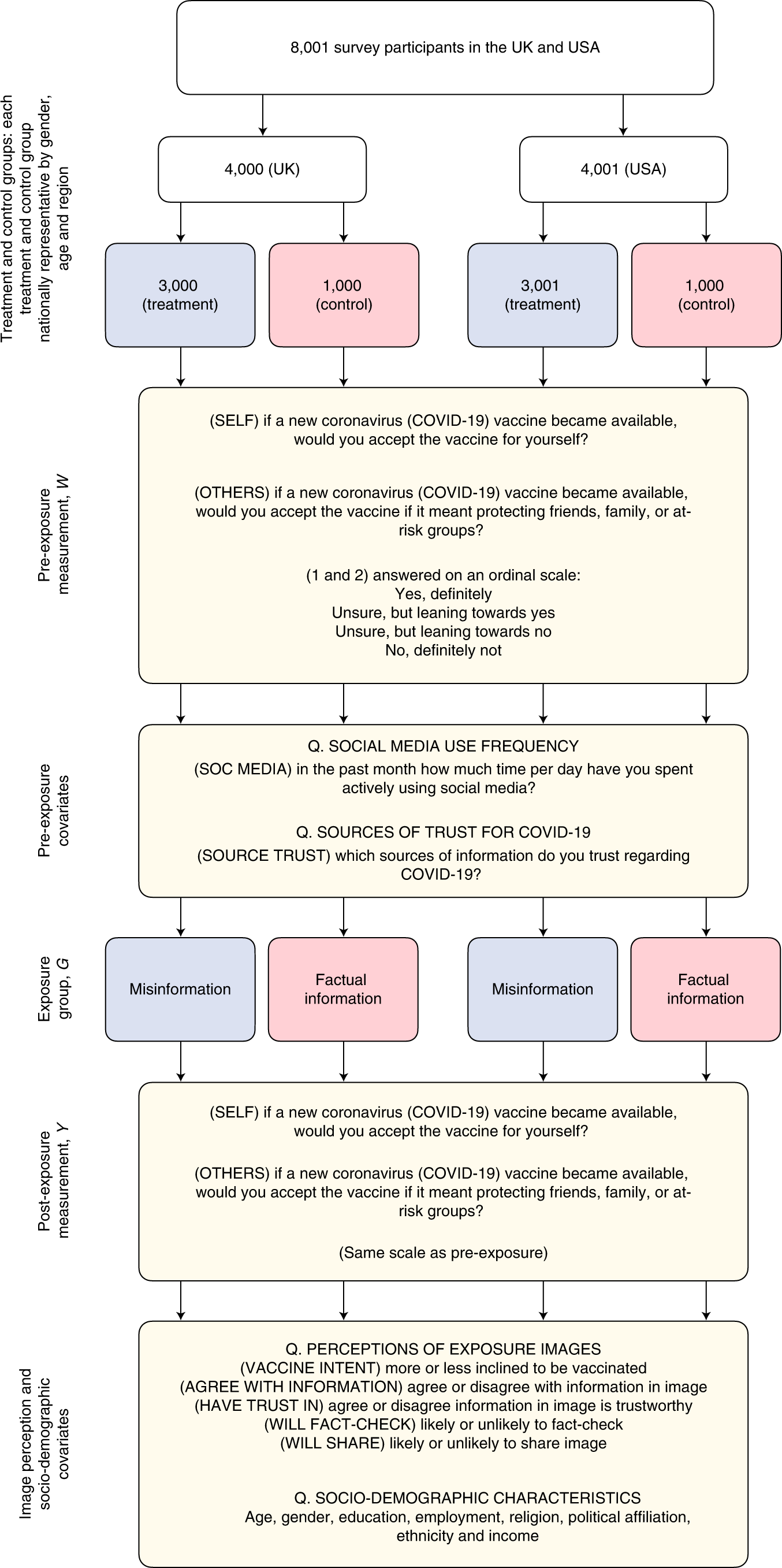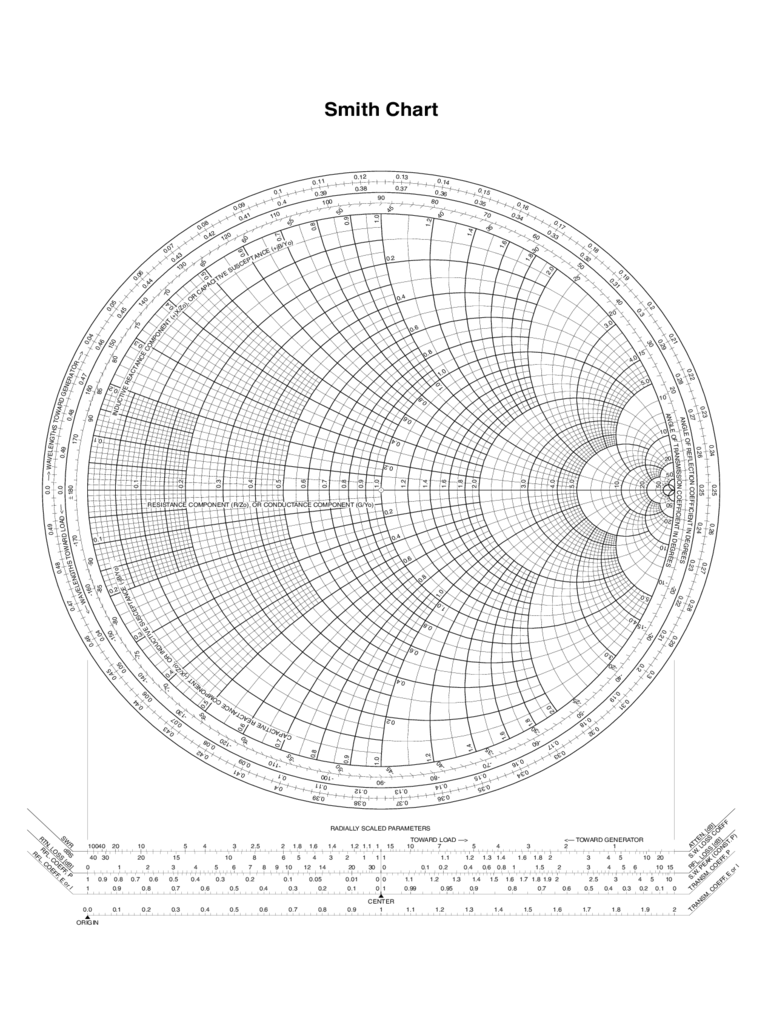

Credit: Lunghammer – TU Grazĭue to their extremely small thickness of less than one micron, the tattoo electrodes adapt perfectly to the bumps of human skin and can also be attached to body sites that are not suitable for the application of conventional electrodes, such as the face. The tattoo electrodes are glued to the skin like temporary decals and barely noticeable. The tattoo electrodes are then applied to the skin like temporary decals and are barely noticeable to the wearer. The external connections needed to transmit the signals are also integrated directly into the tattoo.

In the method now presented, conductive polymers are printed in an ink jet printing process on commercial tattoo temporary paper and so single electrodes or multi-electrode assemblies produced. The electrodes are produced by means of an inkjet printer, here shown by project manager Francesco Greco.

Together with researchers from Instituto Italiano di Tecnologia (IIT) Pontedera, Università degli Studi in Milan and Scuola Superiore Sant’ Anna in Pisa, Francesco Greco from the Institute of Solid State Physics at TU Graz in Austria presents a novel method in Advanced Science which raises the transmission of electrical impulses from human to machine to the next level using printed tattoo electrodes. In addition, since the gel on the electrodes dries out after a short time, the possibilities of measurements for longer periods of time with this type of electrode are limited. In clinical practice, however, the often stiff and bulky electrodes significantly limit patient mobility and are very uncomfortable. In diagnostic procedures such as electrocardiogram (ECG) or electromyography (EMG), gel electrodes are preferably used today for transmitting electrical impulses from the heart or muscles. Credit: Lunghammer – TU GrazĪn international group with the participation of Graz University of Technology is showing a new method in Advanced Science about electrodes for long-term monitoring of electrical heart or muscle impulses in the form of temporary tattoos.Ĭonductive polymers are printed in an ink jet printing process on commercial tattoo temporary paper and so single electrodes or multi-electrode assemblies are produced. Francesco Greco with temporary tattoo electrode.


 0 kommentar(er)
0 kommentar(er)
